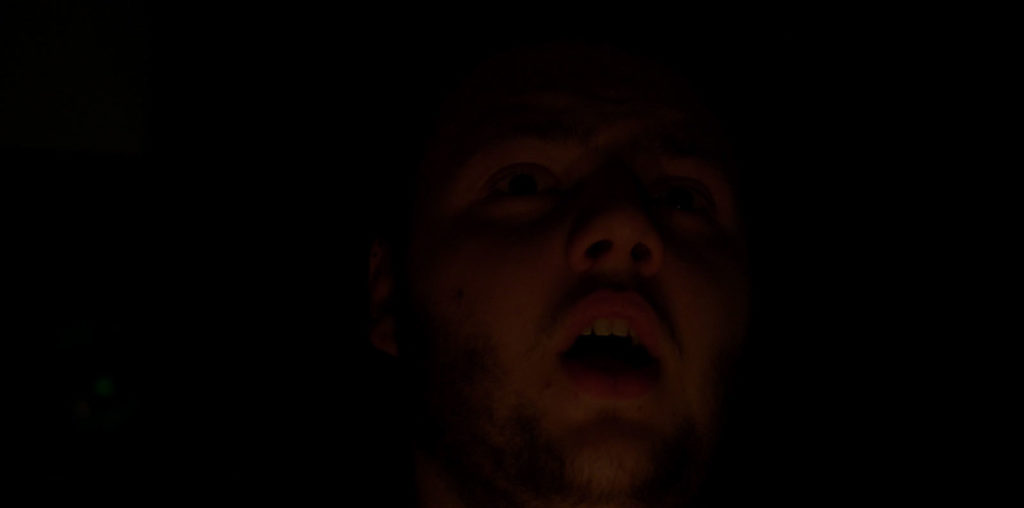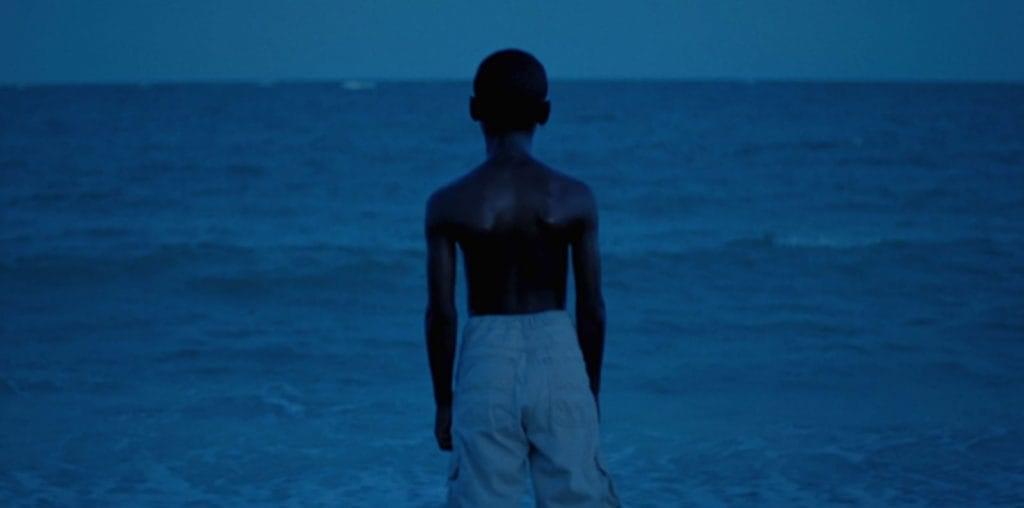
The shorter a star’s career, the less the world learns about them. The less the world learns about a star, the more brilliant and mysterious they seem. We’ll never know what James Dean could have been as an actor. “Joshua Tree, 1951: A Portrait of James Dean” wants us to believe that he could have been one of the greatest in the history of the business, had his craft been allowed to flourish. Unfortunately, Matthew Mishory’s reverent film inadvertently does the man a disservice. The black and white cinematography, by Michael Marius Pessah, is breathtaking, making a Hollywood mogul’s clothing-optional pool party seem every bit as picturesque as the titular dessert. But the pseudo-intellectual dialog combined with James Preston’s stiff acting are so distracting, one comes away with the impression that James Dean was actually worth little more than a pretty face and a roll in the hay.
Writer/director, Matthew Mishory liberally utilizes what they call “artistic license” to profile the actor on the cusp of fame. The loosey-goosey plot follows in a non-linear fashion as Dean navigates the seedy side of the casting couch, has intense candle-lit conversations with his less-than-platonic male roommate and takes method-acting classes. He also embarks on a road trip to the dessert with an aspiring actress and his aforementioned roommate all while having no-strings-attached trysts with whomever asks. These events lead up to Dean’s exodus to Broadway. We never see a successful version of him. If people like Channing Tatum and Megan Fox didn’t exist, this film would make his eventual star status incredulous.
There’s a reason Mishory used the word “portrait” instead of “bio-pic.” He’s made an art house film with an overwhelming emphasis on the word “art” This gives the story a lot of leeway. It’s much harder to criticize art than it is traditional film because the very nature of the format is open to interpretation. Of course, art criticism is not impossible. Lovers of French New Wave cinema and the films of Guy Maddin will enjoy the disjointed, visual poetry format. Others will find it challenging if not annoyingly self-important.
The references to Rimbaud and Hemingway are meant to make the audience see Dean as a great thinker himself. But all of his conversations sound more like pretentious quote-offs, the likes of which you might find at any liberal arts college dormitory at 2am. No one is really making a connection in these conversations. They are merely trying to out-do each other. Perhaps this is what passed for deep thought in 1951 Hollywood (and possibly even today), but it is not fooling anyone who actually studied these authors. At one point, Dean utilizes the phrase “Catch 22” ten years before Joseph Heller coined it in his novel. Obviously, this reflects more poorly on Mishory’s screenwriting than it does on his quasi-fictional character. But it certainly doesn’t help the case that Dean was an intellectual.
The film’s strength is in its visuals. Mishory decorated his film with beautiful, often naked people. There are numerous graphic love scenes involving Dean’s many male and female lovers, which arrive just in time to keep you from getting too bored. Naked butts look terrific on black and white film. There’s an argument to be made for watching with the sound off and the remote in hand. Its beauty is marred whenever it opens its mouth. Bad ADR in points further detracts.
I also have to give Mishory credit for capturing a time and place. The indoor sets are tight and scarce, leaving little opportunity to question the authenticity of the era. And there are few things more timeless than a desert. All you need is an era-appropriate car and cigarette-smoking young actor with a wrinkly forehead to believe that you are with James Dean in 1951. It’s too bad about that script.


I’ve recently received the following statement from the film’s PR firm:
“[T]he film has edited the Catch 22 reference. The filmmaker did provide the origin of Catch 22 which was before you identified, but because this also happened with other outlets, he chose to eliminate it for further confusion.”
Through further research, I learned that Heller wrote his novel in 1953, though it was not published until 1961. In 1955, the first chapter was published in a magazine under the title “Catch 18”, but, because of another popular novel of the day, “Mila 18”, he changed it to 22 before its final publication.
So Mishory is correct that Heller coined the term before 1961, but it was still after 1951.